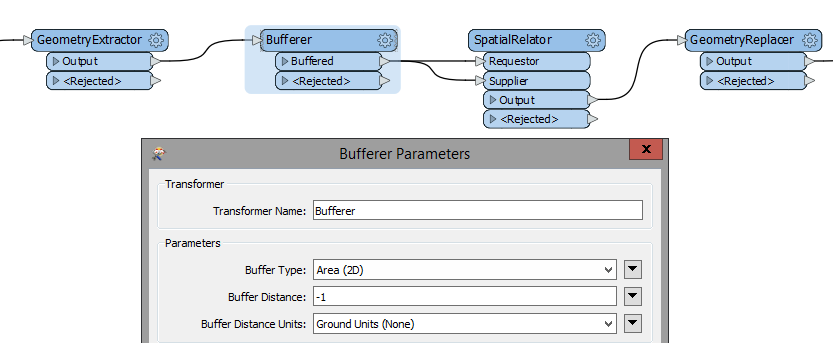Hello everyone,
I have two data set (let say floors and units geometries). I use "Spatial relator" to find out if they are equal.
I am sure there are some of the data that might be slightly different. So is there any way that I can set a tolerance, say within 0.1m?
Thank you very much.









